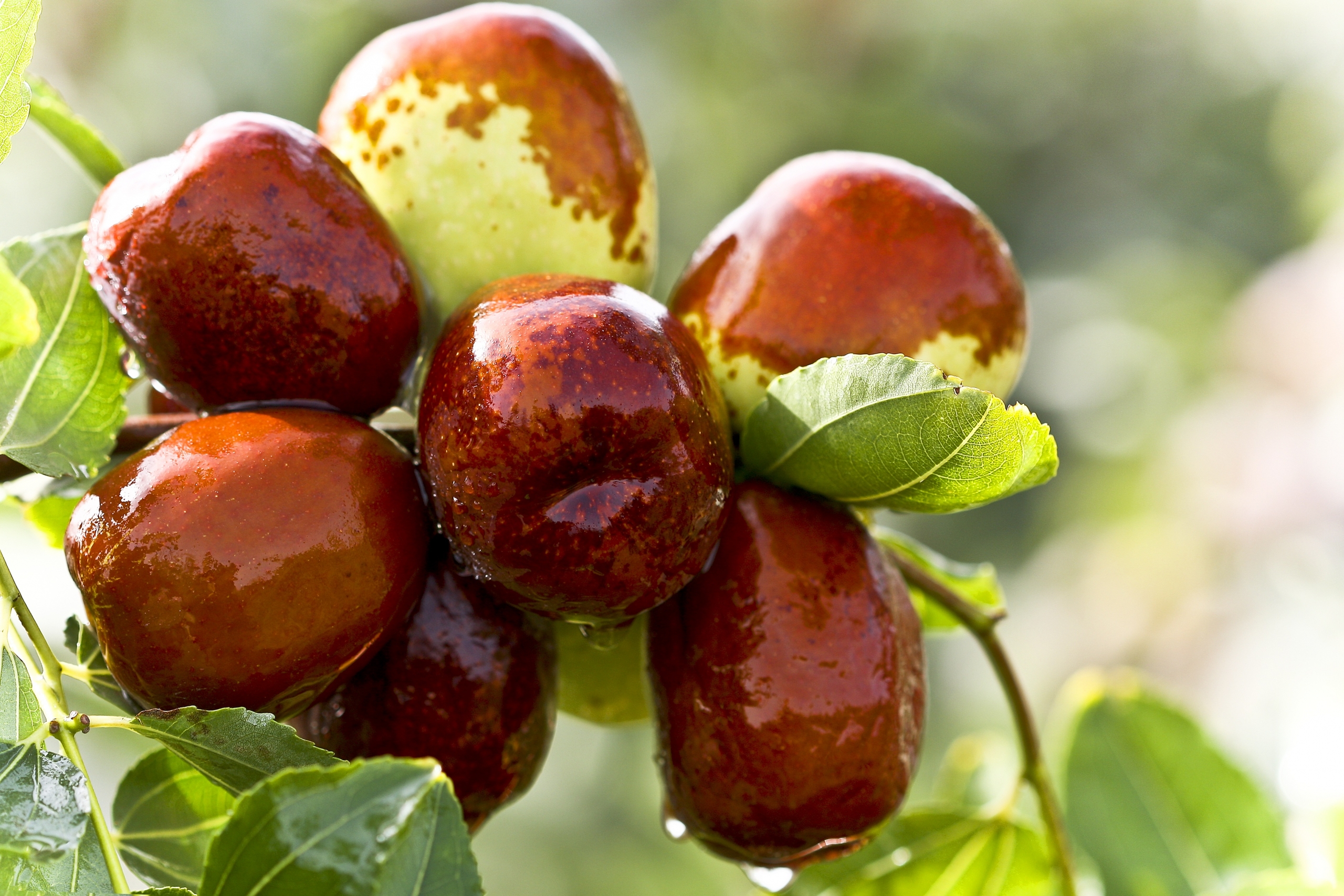The date palm is the classic symbol of an oasis and has played an important role in ancient human settlements (for at least 7000 years) in the Middle East deserts, North Africa, and Northwest India.
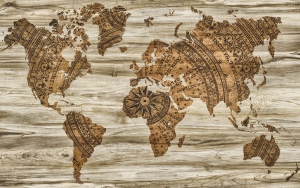
To this plant, the ancient Latins, attributed symbolic values of honor and victory, because although burdened by the heavyweight of its fruits it does not bend, but rather desperately tries to stand upwards.
The palm is Considered the first plant cultivated by humanity, according to one tradition, it was at Medina, by the descendants of Noah after the Flood, that the date palm was planted for the first time.
Whether that first planting was in Medina or elsewhere, the date palm soon spread to the coasts of Africa and Spain, introduced by the soldiers of Alexander the Great.
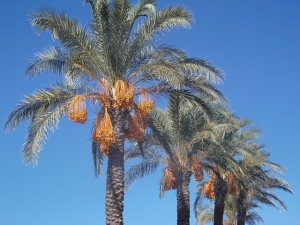
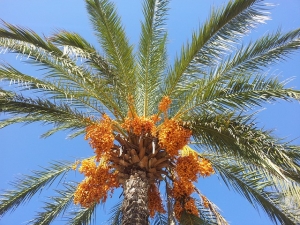
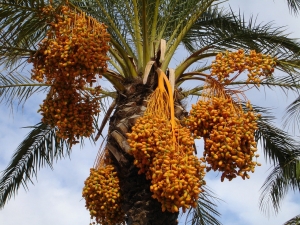
The most commercially important date palm is Phoenix dactylifera, called the “true” date palm. Its name comes, some say, from a story of Pliny the Elder, who describes the phoenix bird, which would build its nest at the top of a date palm. After 500 years, the bird would catch fire from the flames of the sun and would be reborn from its own ashes. Some legends say that the date palm would die and come back to life along with the famous bird.
The palm tree has a long trunk that can reach a height of even more than 30 m, can live over three hundred years, producing, in the best years, up to fifty kilos of their fruit: dates. Its name comes from the Greek δάκτυλος “daktilos” (finger) for the shape that resembles a phalanx.
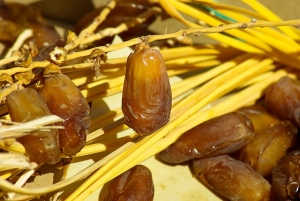
The palms begin to bear fruit only after the eighth year of life, and only the female plant can.
Usually, dates, to reach full ripeness, need high temperatures (40°C), and a considerable amount of water is required, which is supported by irrigation systems.
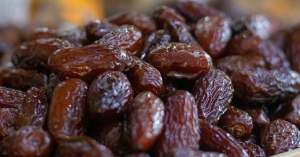
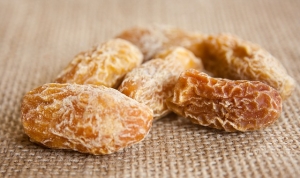
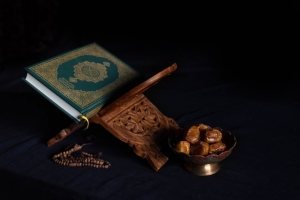
According to Muslim tradition, the date is the fruit of paradise, a miraculous fruit for its numerous nutritional virtues. In the Koran, it is mentioned in particular in Maryam, the nineteenth Sūra[1] entitled Mary, after the annunciation, we are told:” Thereupon she conceived, and retired to a far off place. And when she felt the pangs of childbirth she lay down by the trunk of a palm tree, crying: ‘Oh, would that I had died and passed into oblivion.'”But a voice from above cried out to her: “Do not despair. Your Lord has provided a brook that runs at your feet, and if you shake the trunk of this tree palm it will drop fresh ripe dates into your lap.
An Arabic doctor in the ancient times attributed to dates the virtue of making the nomadic peoples, who fed on them during their desert crossings, agile and strong. Already in dynastic Egypt, the palms were appreciated for their very energetic fruits (70% sugar by weight, mineral salts, and vitamins), eaten fresh or dried. In the Romans, dates were also used to flavor wine, to make sweets, and to produce alcoholic beverages through their fermentation.
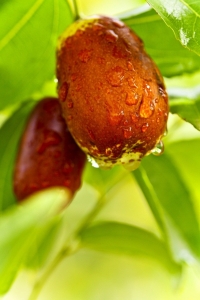
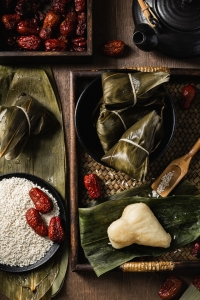
Dates are symbolic of life, fertility, and fecundity… For local civilizations, such as the Assyrians and Babylonians, the date palm was considered the tree of life, just as the olive was a basic element in Mediterranean civilizations, so was the date an economic element in those of Islam.
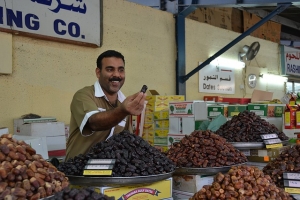
Besides its beauty, the date palm’s vital importance to the pre-modern economy of Arabia. Egypt is the world leader in date production and cultivation, but the UAE follows as second place. This century the date was introduced into southern California, where it is still cultivated on a limited but productive scale.
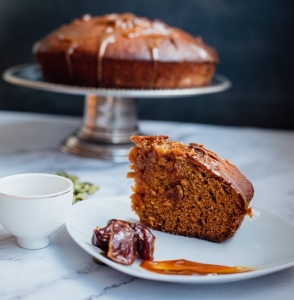
Date stones, also called “bread of the desert” or “cake of the poor.” can be ground and mixed with other flour, and the result is a delicious nutty-tasting bread still available in Hofuf.
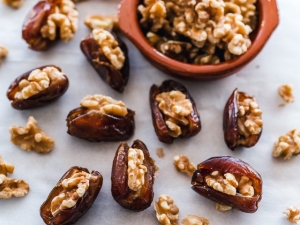
There are also sweets based on dates, particularly the dates stuffed with marzipan or walnuts popular in the eastern Mediterranean countries.
Do you like dates? How are you used to consume them? Share with us your experiences leaving a comment!😉👍
Credit for the pictures :
Scartmyart, Simon, Nemo88, Jackmac34, PDPics, Mohammed Alorabi, Xbeing, fsHH, on pixabay.com.
Abdullah Arif, Ella Olsson, Mae Mu on unsplash.com


